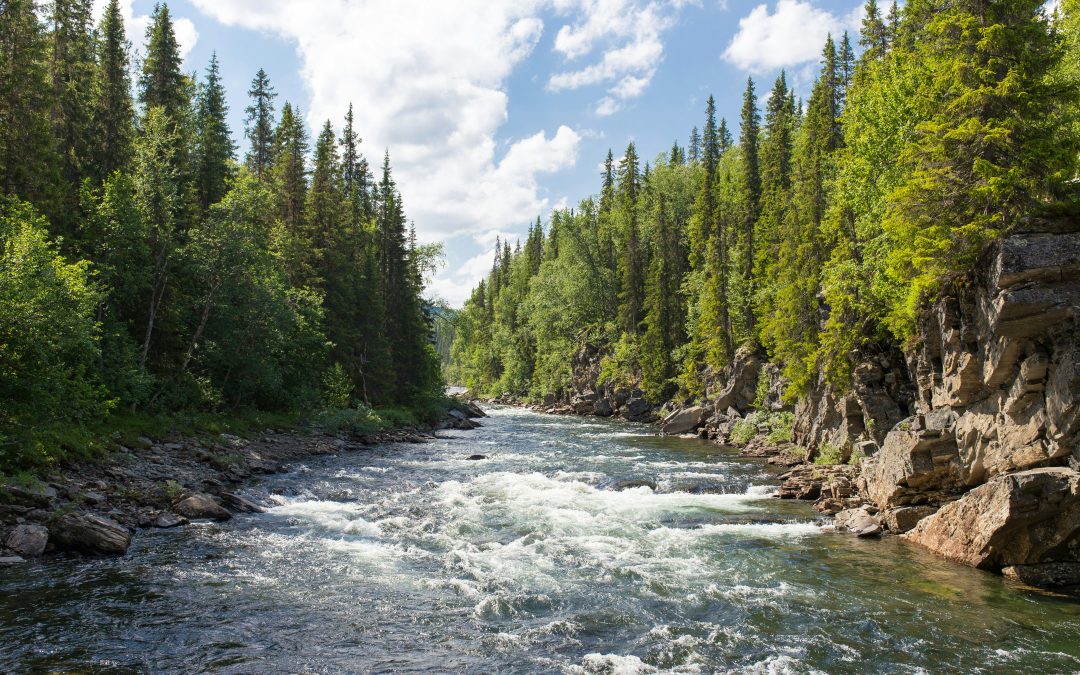
Would a common water label at the European level help countries achieve water efficiency in a cohesive way?
Seems that Europe has enough water to satisfy all existing needs, but this is not true for all states equally. Despite the thousands of freshwater lakes, rivers, and groundwater sources available, the rise in water demand across Europe has increased so much over the past 50 years that it has resulted in an overall decrease of 24 % in renewable water resources per capita across Europe. In addition, the population in urban areas is expected to grow, a factor that will exacerbate this data if no efforts are made to improve it.
In 2000, the domestic sector accounted for about 24% of total water abstraction in Europe, of which 70% was used by households, 24% by small industries and services and 6% by public services. Additionaly, EEA showed that water in Europe is used primary in 4 sectors: 58% for agriculture, 18% for energy cooling, 11% for mining and 10% households3 (and services (3%)).
Currently, the European water sector is already regulated in many of its aspects. This resource, being fundamental to life, is highly controlled and based on very complex structures. The usages are many and so are the appliances. Given the multiplicity of installations, the continuous advancement of production technology, and the European directions pushing for diminishing waste of resources, the introduction of a unified and mandatory tool to clarify the efficiency of installations would bring many benefits.
This article push to codify a way to achieve a successful implementation of an efficiency classification of hydric appliances with the ultimate goal of encouraging the sustainable production and use of water resources.
The classification tool would make the market dynamic, stimulating both consumers and producers to be part of the transition, trying to climb the rankings. It could allow consumers to have reliable indications for an informed purchasing decision and gives manufacturers of classifiable products the opportunity to emphasize their focus on the responsible use of water resources.
The article intend to motivate the introduction of a classification starting from theoretical demonstration of its feasibility, adding case studies to support the theory. It also does not want to focus on water quality but only on the efficiency of water use (for now). Existing literature on impacts of ecolabels and labelling in general already support their intrinsic informational value that motivates users to make sustainable choices. At the same time there are already existing case studies, including the energy efficiency classification and other water case studies around the world.
With an introduction of a hydric appliance classification, the water-saving efficiency of European appliances would be easily recognizable; there is the need for the European Union to give a way forward to align on the water sector in this sense.
________________________________________________________________________
Bibliography
Ecologic Institute. Water Saving Potential. 2007
EEA. Uso dell’acqua in Europa — Quantità e qualità esposte a grandi sfides. [Online] https://www.eea.europa.eu/it/segnali/segnali-2018/articoli/uso-dell2019acqua-in-europa (2014)
EEA. Water use in Europe — Quantity and quality face big challenges. [Online] https://www.eea.europa.eu/signals-archived/signals-2018-content-list/articles/water-use-in-europe (2014)
EEA. EEA Report No 12/2021. European Enviromental Agency. [Online] https://www.eea.europa.eu/publications/water-resources-across-europe-confronting/
Félix, Fiona. Water efficiency starts in our homes. Water Europe. [Online] https://watereurope.eu/water-efficiency-starts-in-our-homes/ (2023)
